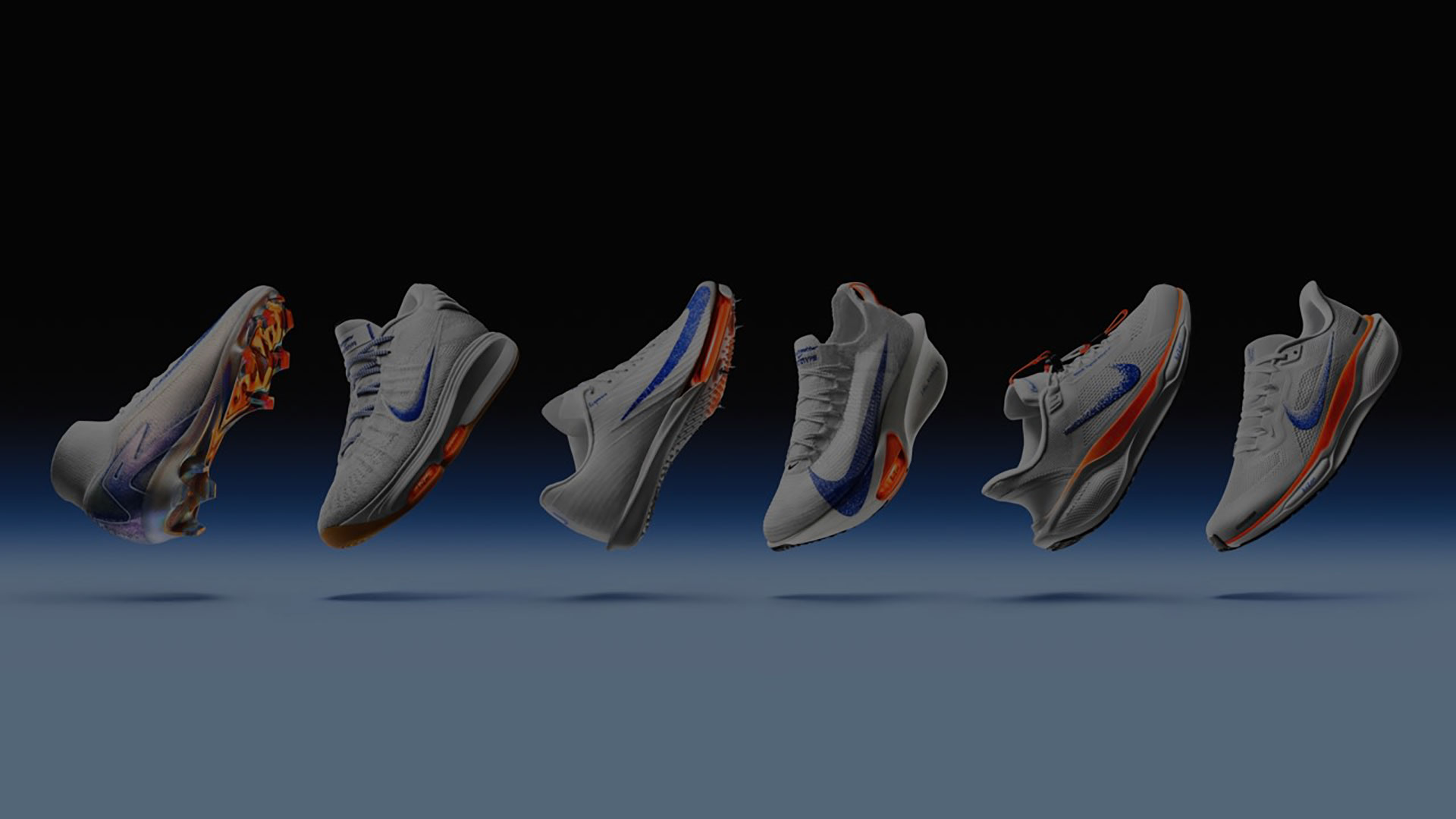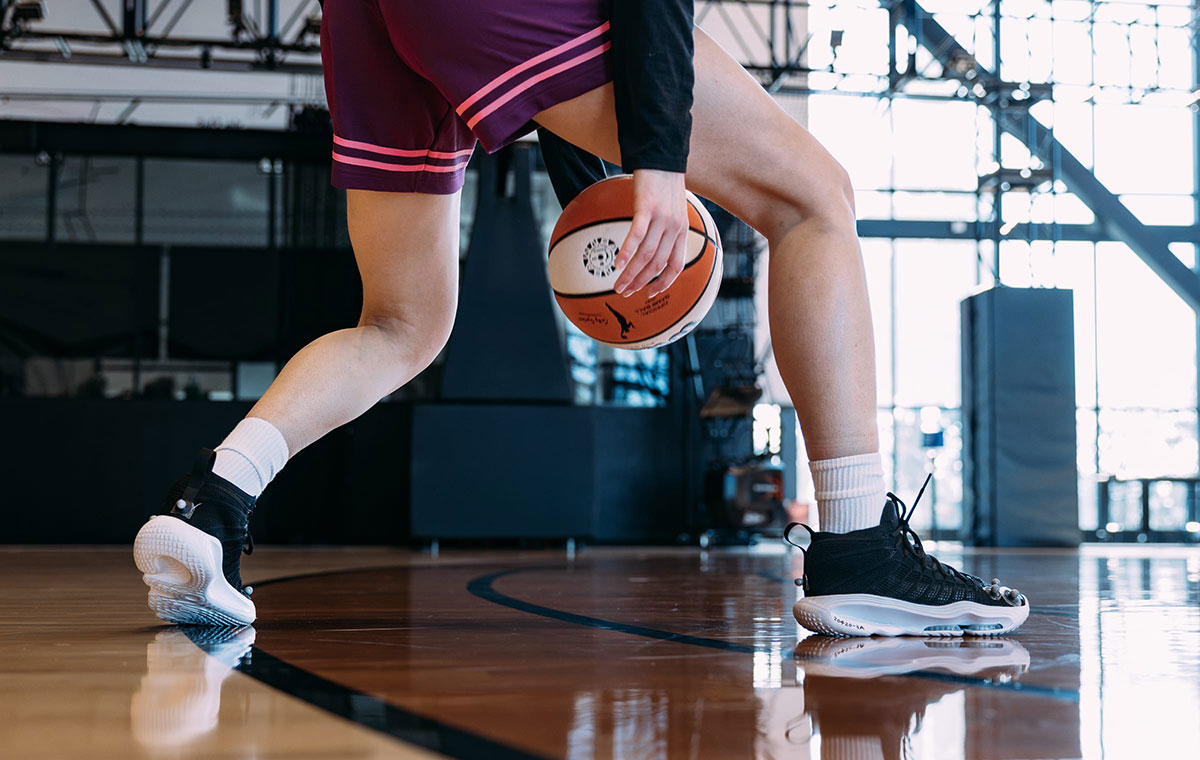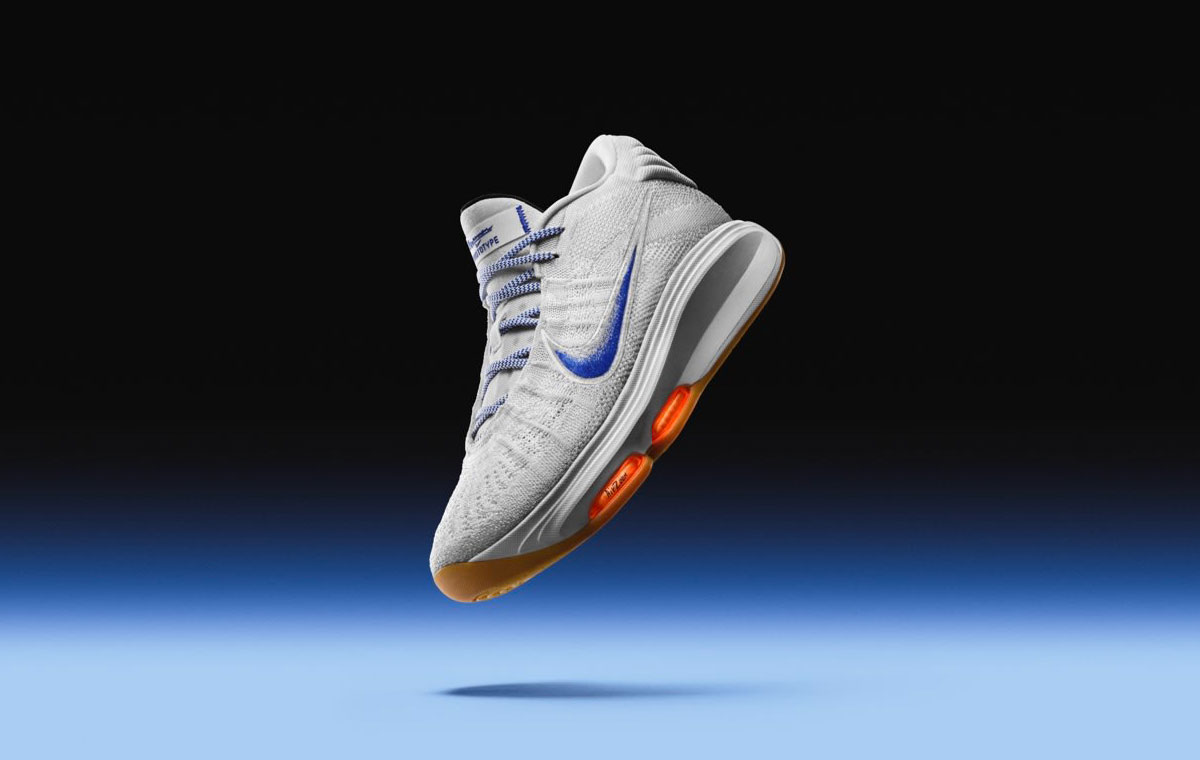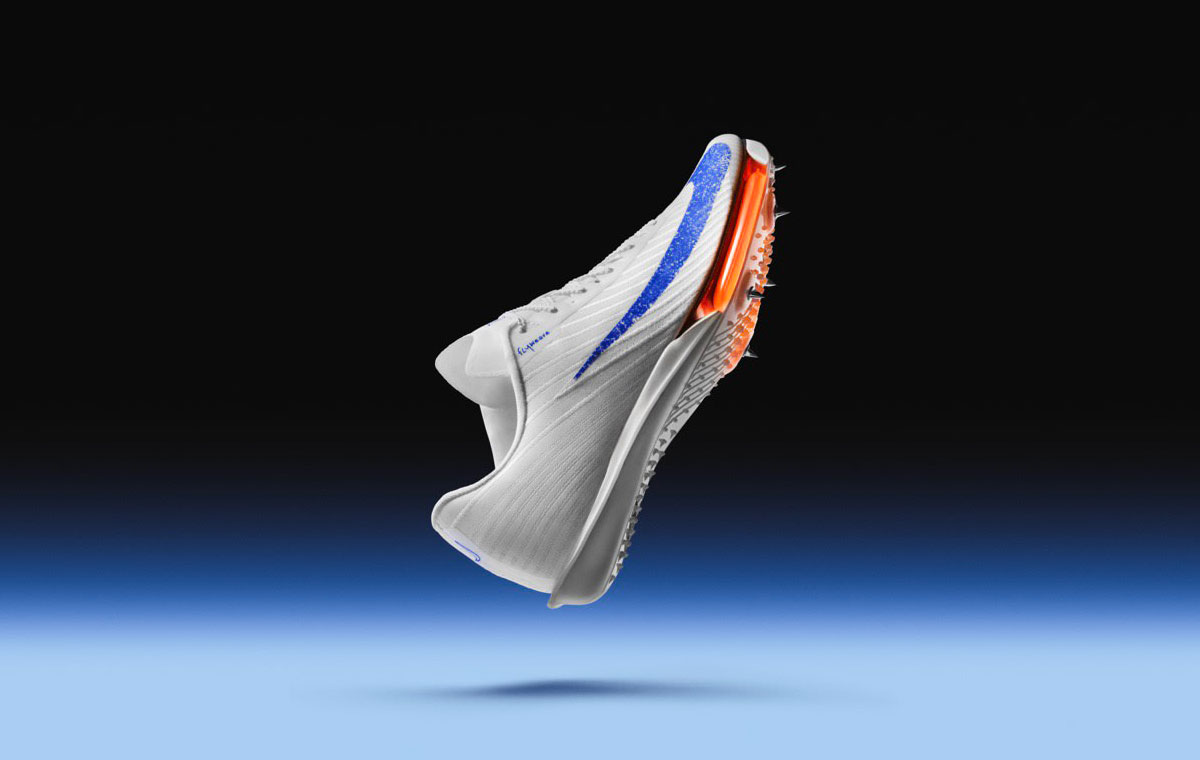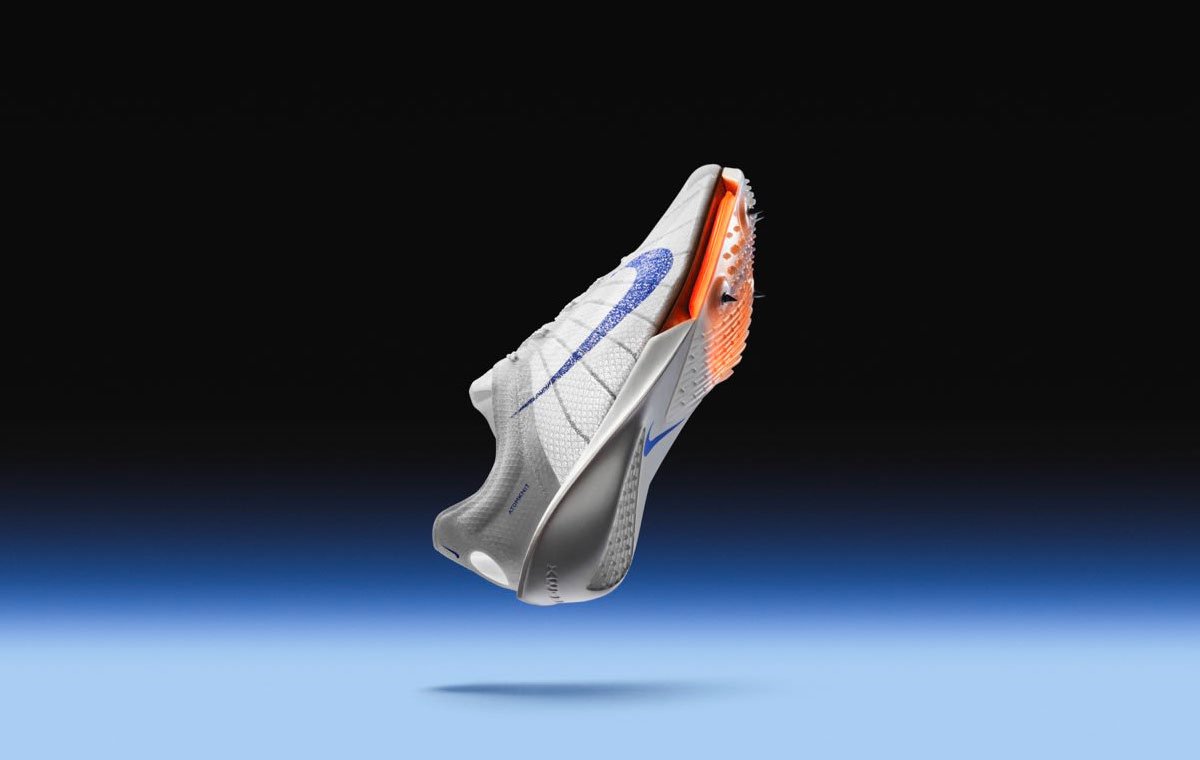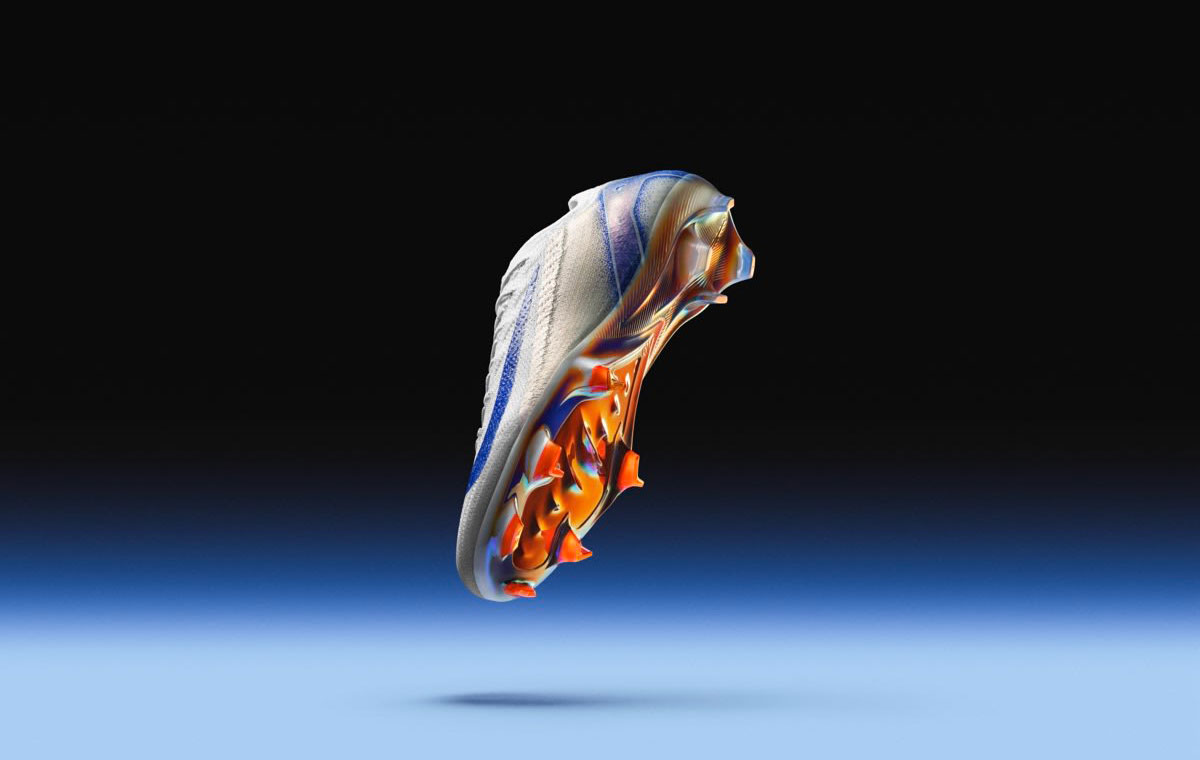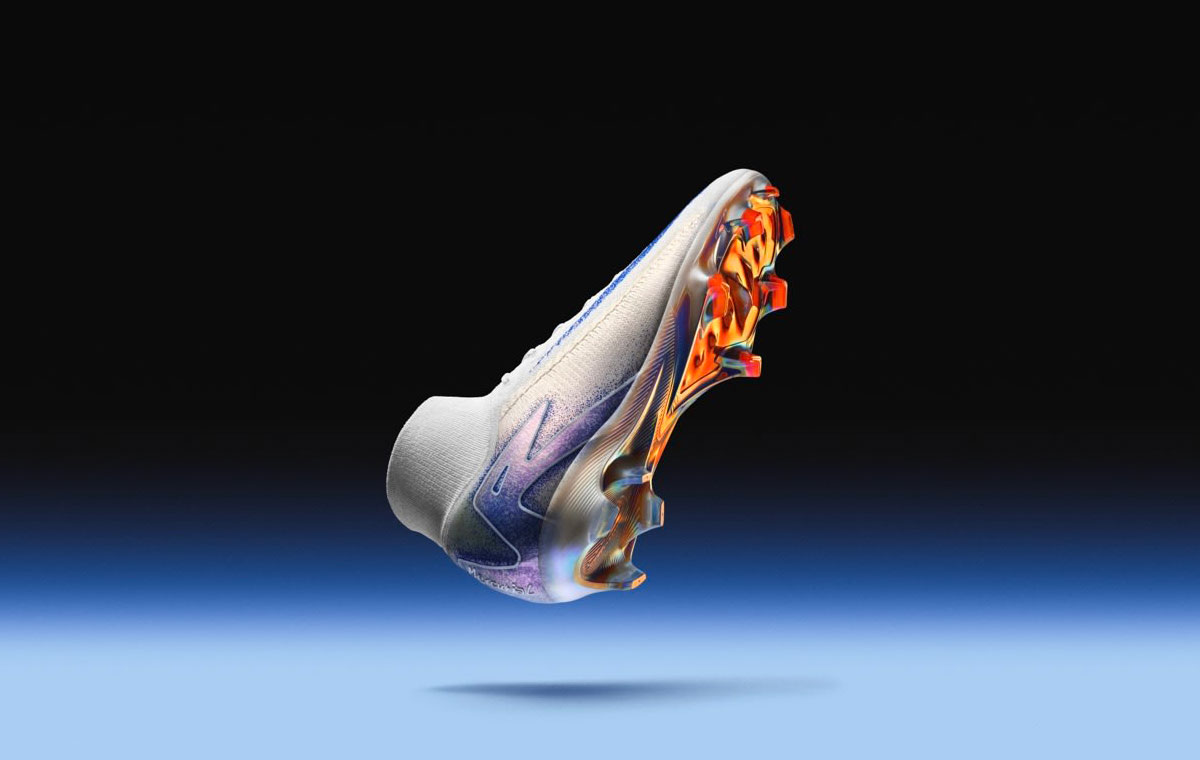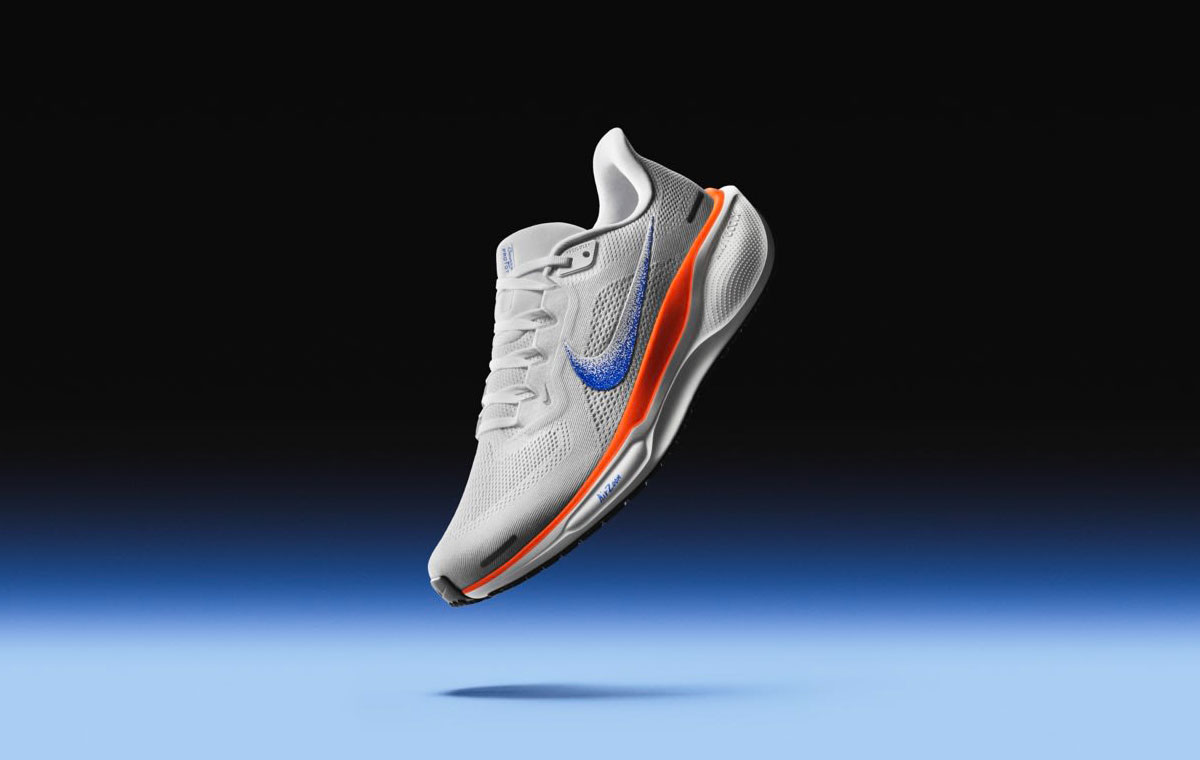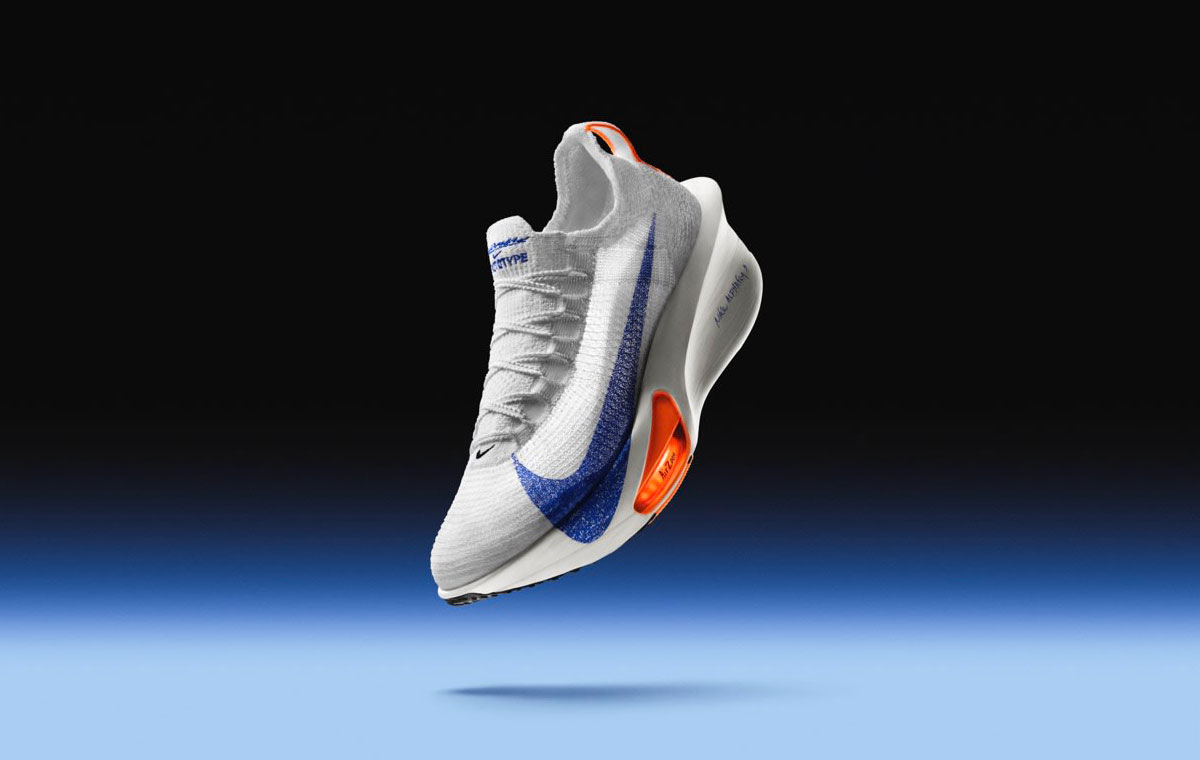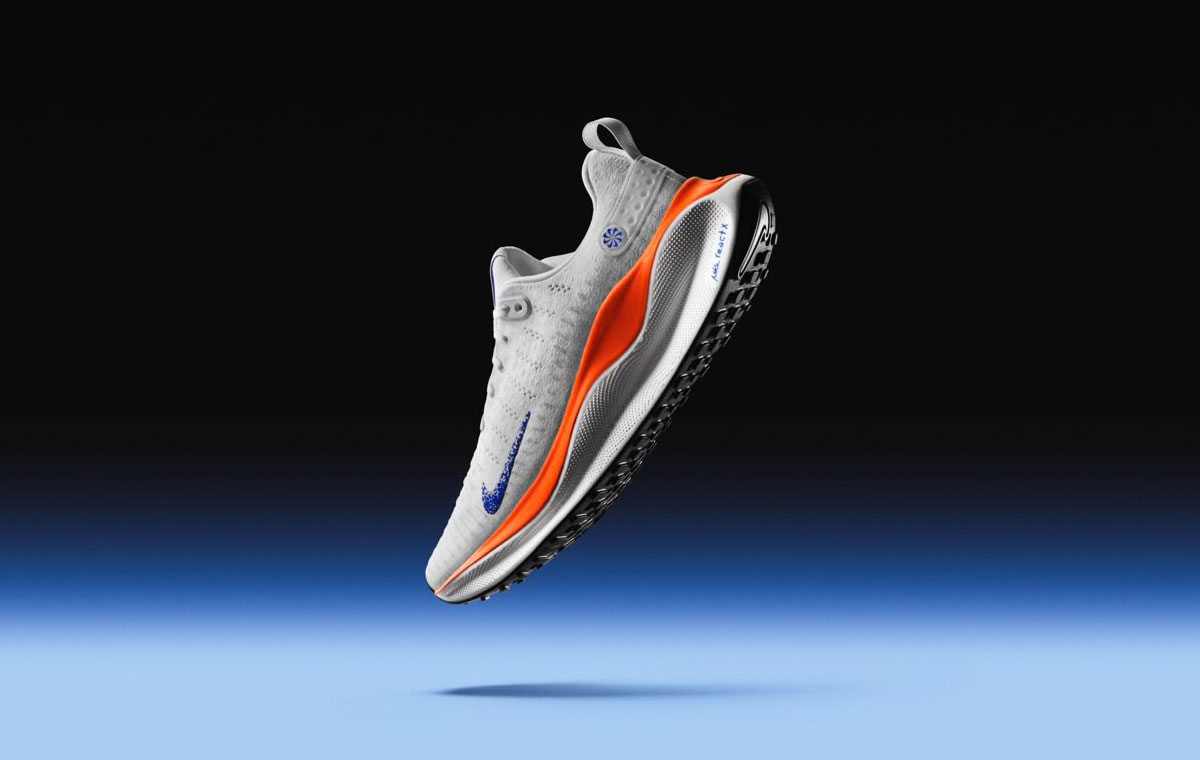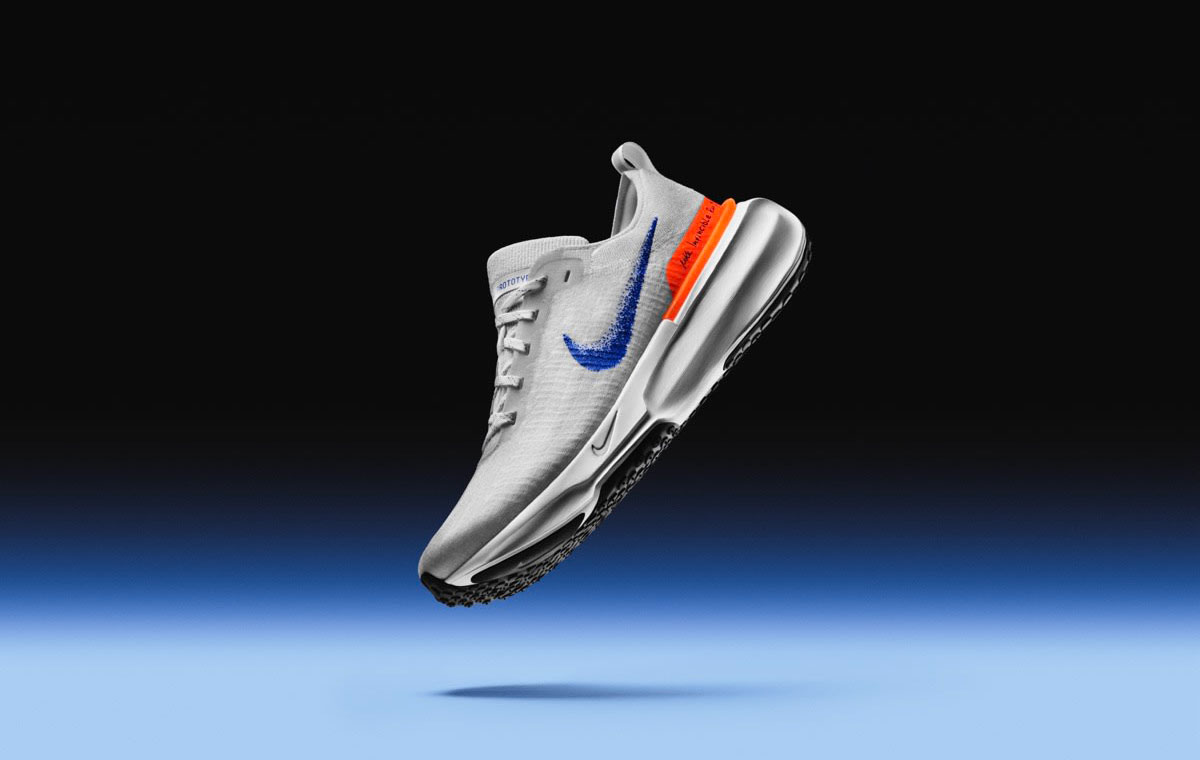In the realm of innovation, Nike is competing with itself. It may be an arms race with just one active participant, but it’s that desire of self-improvement that drives the brand’s ongoing commitment to help athletes of all shapes and sizes. It’s also why they’re not relenting. Instilled by co-founder Bill Bowerman, innovation was and still is the heart and soul of the Swoosh, and for the upcoming Paris Olympics, they’re out to prove that they’re not playing games.
Sharp design and shrewd marketing are just as important, but the third ingredient — innovation — is what decides timelessness. The Air Max 95, for example, was a state-of-the-art running shoe before it became a street-valid statement piece across the globe. And while the Air Max Plus is having arguably its hottest moment on a cultural standpoint, it actually informed a lot of what Nike unveiled in Paris today.
In Beaverton, innovation comes down to milliseconds. They’re relatively negligible amounts of time, but in sports, it decides winning and losing. Milliseconds shatter records, create open lanes to the rim, and separate gold from silver. Nike is obsessed with these slivers of time, and their strategy is to increase energy turn by embarking on an innovation supercycle through the limitless properties of Air.
With the unveiling of the “Blueprint” Pack, Nike demonstrates exactly how they accomplish energy return through various propositions of the cushioning. Starting off is the Zoom GT Hustle 3 basketball shoe, which is currently expected to launch on July 3rd. The cushioning unit is comprised of a fore-foot visible Zoom Air combined with a sewn-in Air Zoom strobel.
The upper features a new Radial Knit that offers more breathability and zonal containment for maximum support. The result? Wear-testing showed that athletes who worked out in the Hustle 3 expended less oxygen than they did in the Hustle 2. That means longer and/or more impactful performance in the game when it counts.
She’s already a favorite to take home the gold, and with what unfolded at the Tokyo Olympics, vengeance and validation on the sport’s biggest stage is all that’s on her mind. She’ll be wearing the all-new Maxfly 2, the Zoom-cushioned spike precision-tuned with a flatter ground-facing profile for more ground contact for energy return.
Moving to the pitch, the all-new Mercurial boot for 2024 continues what Nike accomplished in 2022 — bringing Zoom to football for the first-time ever with a specific Air unit that measured 4mm. For the new model, Nike aimed to increase the athlete’s engagement with the Zoom unit, doing so by removing the flex-grooves in the unit and adding tuned flex zones for more contact with the cushion.
Low-to-the-ground multi-directional movement is paramount, but most of all the boot needs to move with the foot. So, Nike reduced the upper from a five-layer thickness to three layers; overall, these adjustments resulted in ten percent more energy return.
Nike’s longest-running franchise, the Pegasus series, welcomes the 41st chapter this year boasting a completely new cushioning platform. ReactX Foam makes its entry into the Pegasus legacy, offering 13% increased energy return compared to React Foam. Zoom Air bags are also embedded into the fore-foot and heel for the most responsive and supportive Pegasus running shoe ever created.
A sustainability-focused improvement is also made due to the ReactX Foam manufacturing processes being far more efficient. The carbon footprint of creating a pair of midsoles for the new Pegasus 41 is reduced by a whopping 43%.
As stated earlier, the end goal is what Bill Bowerman set out to do: capture milliseconds through science, translate that into newly engineered Air, and execute with great design. The Blueprint Pack is just the next step in this mission.
The Nike Blueprint Pack will release on Nike.com beginning on July 3rd.


